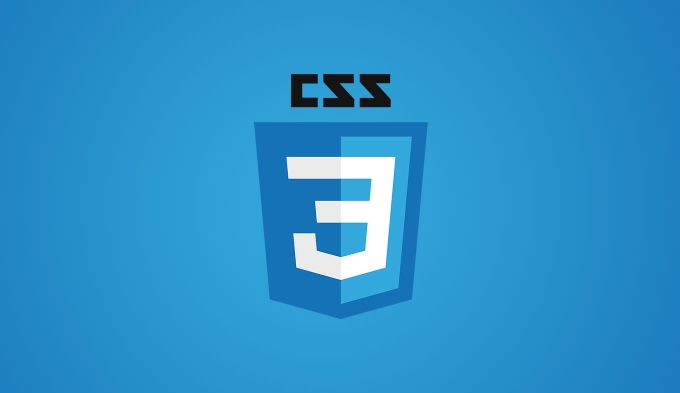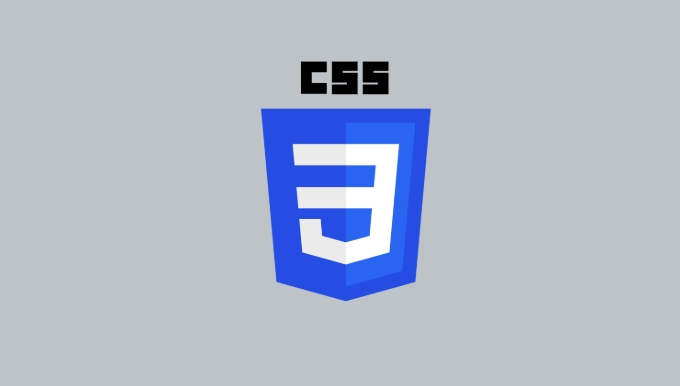BEM stands for Block, Element, Modifier, a CSS naming convention that improves code maintainability and scalability. 1. Block is a standalone component like .button or .card. 2. Element is a part of a block, named as block__element, such as .card__title. 3. Modifier is a flag for changes in state or appearance, formatted as block--modifier or block__element--modifier, like .button--primary. It provides clear structure, avoids specificity issues, reduces naming conflicts, and enhances team collaboration. Example:
Welcome
This is a sample card.

BEM stands for Block, Element, Modifier — it's a popular naming convention in CSS that helps developers write more maintainable and scalable code, especially in large projects. The main idea behind BEM is to break the user interface into independent, reusable components (blocks), making styles less fragile and easier to understand.

Here’s how it works:
? Block
A standalone, reusable component that has meaning on its own. It represents a high-level component like a button, menu, or form.

Example:
.card { }
.button { }
.header { }? Element
A part of a block that can't be used separately from it. Elements are semantically tied to their block. The naming format is: block__element.

Example:
.card__title { }
.card__body { }
.button__text { }This makes it clear that .card__title is a child part of the .card block.
? Modifier
A flag used to change the appearance, behavior, or state of a block or element. It uses the format: block--modifier or block__element--modifier.
Example:
.button--primary { }
.button--large { }
.card--highlighted { }This tells you that it’s a variation of the base block.
? Why Use BEM?
- Clear structure: You can instantly tell how elements relate to each other.
- Avoids specificity issues: Since BEM uses flat, single classes, it reduces the need for deep nesting.
- Reduces naming conflicts: The unique naming pattern prevents accidental style overrides.
- Team-friendly: Makes collaboration easier because the naming is self-documenting.
? Example in HTML & CSS
<div class="card card--featured"> <h2 class="card__title">Welcome</h2> <p class="card__description">This is a sample card.</p> <button class="button button--primary">Click Me</button> </div>
.card { /* base styles */ }
.card--featured { /* featured variation */ }
.card__title { /* title inside card */ }
.card__description { /* description inside card */ }
.button { /* base button */ }
.button--primary { /* primary style for button */ }?? Common Pitfalls to Avoid
- Don’t over-nest: BEM discourages deep nesting like
.card__title--important. - Don’t create elements of elements: Avoid things like
card__title__highlight. - Keep blocks independent: A block should ideally work anywhere, not rely on context.
BEM might feel verbose at first, but it pays off in larger projects where clarity and maintainability matter. It’s widely used in big companies and frameworks because it scales well.
Basically, if you want to write CSS that’s easier to debug, reuse, and collaborate on — BEM is a solid choice.
The above is the detailed content of What is BEM methodology in CSS?. For more information, please follow other related articles on the PHP Chinese website!

Hot AI Tools

Undress AI Tool
Undress images for free

Undresser.AI Undress
AI-powered app for creating realistic nude photos

AI Clothes Remover
Online AI tool for removing clothes from photos.

Clothoff.io
AI clothes remover

Video Face Swap
Swap faces in any video effortlessly with our completely free AI face swap tool!

Hot Article

Hot Tools

Notepad++7.3.1
Easy-to-use and free code editor

SublimeText3 Chinese version
Chinese version, very easy to use

Zend Studio 13.0.1
Powerful PHP integrated development environment

Dreamweaver CS6
Visual web development tools

SublimeText3 Mac version
God-level code editing software (SublimeText3)

Hot Topics
 CSS tutorial for creating loading spinners and animations
Jul 07, 2025 am 12:07 AM
CSS tutorial for creating loading spinners and animations
Jul 07, 2025 am 12:07 AM
There are three ways to create a CSS loading rotator: 1. Use the basic rotator of borders to achieve simple animation through HTML and CSS; 2. Use a custom rotator of multiple points to achieve the jump effect through different delay times; 3. Add a rotator in the button and switch classes through JavaScript to display the loading status. Each approach emphasizes the importance of design details such as color, size, accessibility and performance optimization to enhance the user experience.
 Addressing CSS Browser Compatibility issues and prefixes
Jul 07, 2025 am 01:44 AM
Addressing CSS Browser Compatibility issues and prefixes
Jul 07, 2025 am 01:44 AM
To deal with CSS browser compatibility and prefix issues, you need to understand the differences in browser support and use vendor prefixes reasonably. 1. Understand common problems such as Flexbox and Grid support, position:sticky invalid, and animation performance is different; 2. Check CanIuse confirmation feature support status; 3. Correctly use -webkit-, -moz-, -ms-, -o- and other manufacturer prefixes; 4. It is recommended to use Autoprefixer to automatically add prefixes; 5. Install PostCSS and configure browserslist to specify the target browser; 6. Automatically handle compatibility during construction; 7. Modernizr detection features can be used for old projects; 8. No need to pursue consistency of all browsers,
 Styling visited links differently with CSS
Jul 11, 2025 am 03:26 AM
Styling visited links differently with CSS
Jul 11, 2025 am 03:26 AM
Setting the style of links you have visited can improve the user experience, especially in content-intensive websites to help users navigate better. 1. Use CSS's: visited pseudo-class to define the style of the visited link, such as color changes; 2. Note that the browser only allows modification of some attributes due to privacy restrictions; 3. The color selection should be coordinated with the overall style to avoid abruptness; 4. The mobile terminal may not display this effect, and it is recommended to combine it with other visual prompts such as icon auxiliary logos.
 Creating custom shapes with css clip-path
Jul 09, 2025 am 01:29 AM
Creating custom shapes with css clip-path
Jul 09, 2025 am 01:29 AM
Use the clip-path attribute of CSS to crop elements into custom shapes, such as triangles, circular notches, polygons, etc., without relying on pictures or SVGs. Its advantages include: 1. Supports a variety of basic shapes such as circle, ellipse, polygon, etc.; 2. Responsive adjustment and adaptable to mobile terminals; 3. Easy to animation, and can be combined with hover or JavaScript to achieve dynamic effects; 4. It does not affect the layout flow, and only crops the display area. Common usages are such as circular clip-path:circle (50pxatcenter) and triangle clip-path:polygon (50%0%, 100 0%, 0 0%). Notice
 What is the difference between display: inline, display: block, and display: inline-block?
Jul 11, 2025 am 03:25 AM
What is the difference between display: inline, display: block, and display: inline-block?
Jul 11, 2025 am 03:25 AM
Themaindifferencesbetweendisplay:inline,block,andinline-blockinHTML/CSSarelayoutbehavior,spaceusage,andstylingcontrol.1.Inlineelementsflowwithtext,don’tstartonnewlines,ignorewidth/height,andonlyapplyhorizontalpadding/margins—idealforinlinetextstyling
 How to create responsive images using CSS?
Jul 15, 2025 am 01:10 AM
How to create responsive images using CSS?
Jul 15, 2025 am 01:10 AM
To create responsive images using CSS, it can be mainly achieved through the following methods: 1. Use max-width:100% and height:auto to allow the image to adapt to the container width while maintaining the proportion; 2. Use HTML's srcset and sizes attributes to intelligently load the image sources adapted to different screens; 3. Use object-fit and object-position to control image cropping and focus display. Together, these methods ensure that the images are presented clearly and beautifully on different devices.
 What is the CSS Painting API?
Jul 04, 2025 am 02:16 AM
What is the CSS Painting API?
Jul 04, 2025 am 02:16 AM
TheCSSPaintingAPIenablesdynamicimagegenerationinCSSusingJavaScript.1.DeveloperscreateaPaintWorkletclasswithapaint()method.2.TheyregisteritviaregisterPaint().3.ThecustompaintfunctionisthenusedinCSSpropertieslikebackground-image.Thisallowsfordynamicvis
 What is CSS and what does it stand for?
Jul 03, 2025 am 01:48 AM
What is CSS and what does it stand for?
Jul 03, 2025 am 01:48 AM
CSS,orCascadingStyleSheets,isthepartofwebdevelopmentthatcontrolsawebpage’svisualappearance,includingcolors,fonts,spacing,andlayout.Theterm“cascading”referstohowstylesareprioritized;forexample,inlinestylesoverrideexternalstyles,andspecificselectorslik






